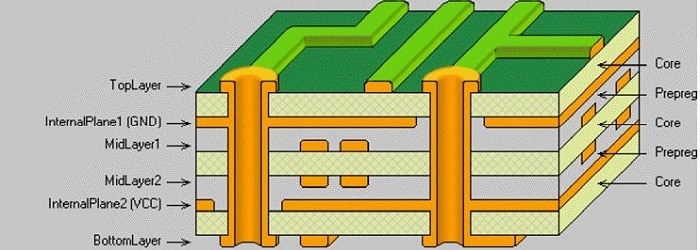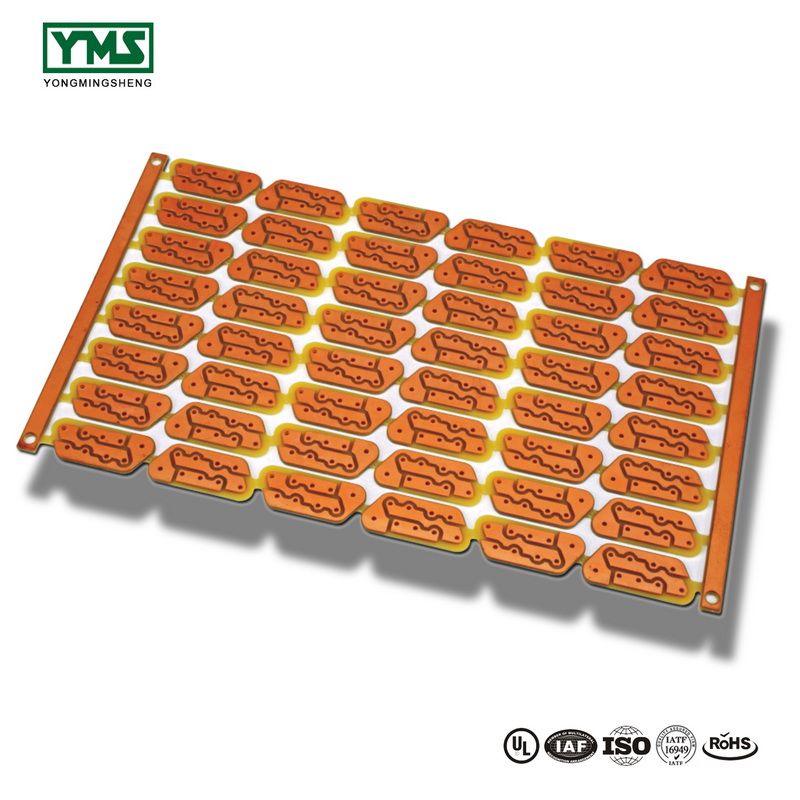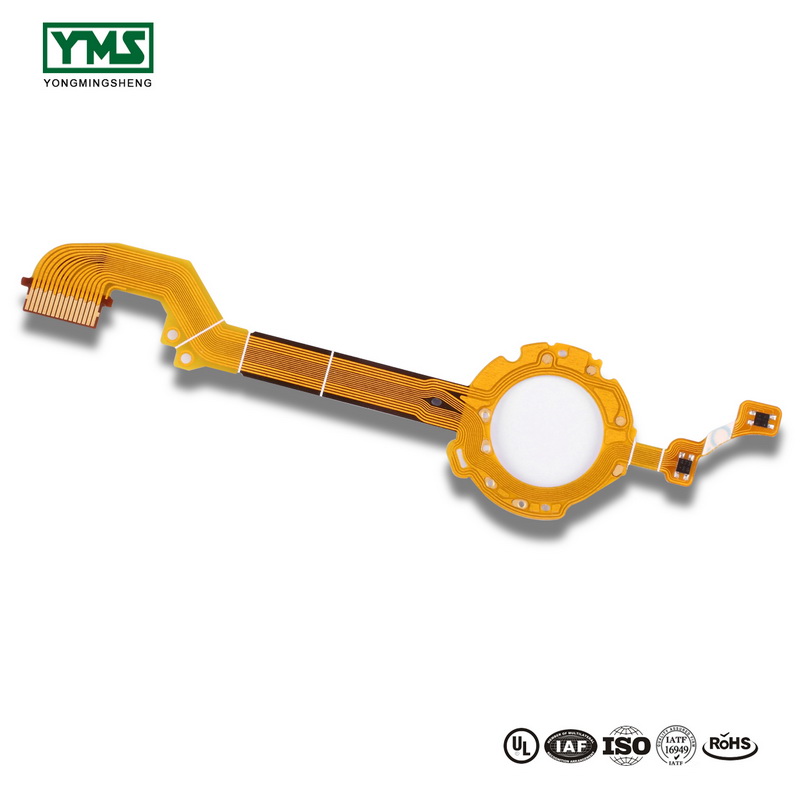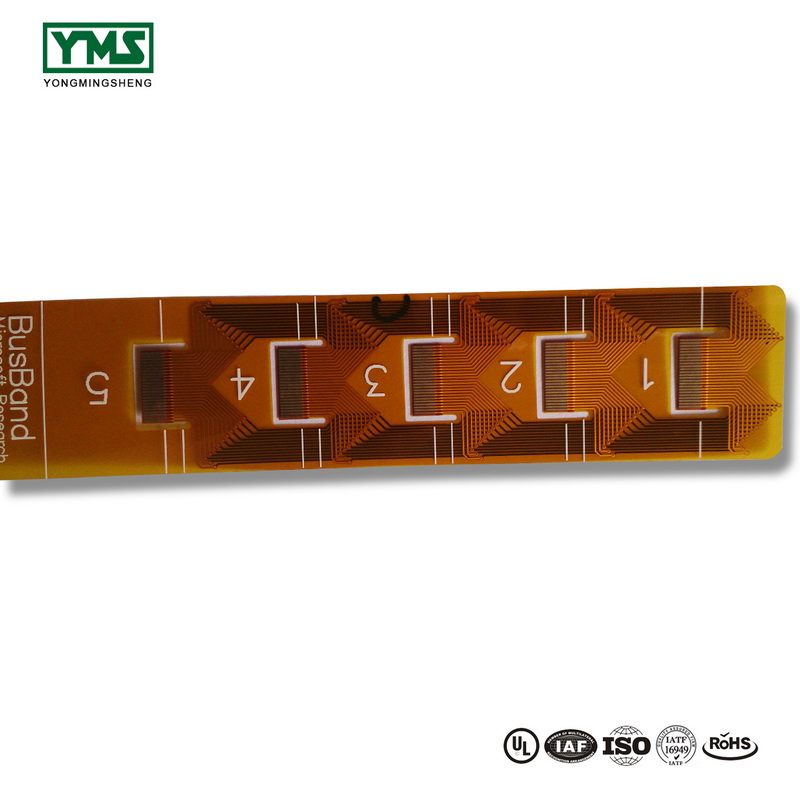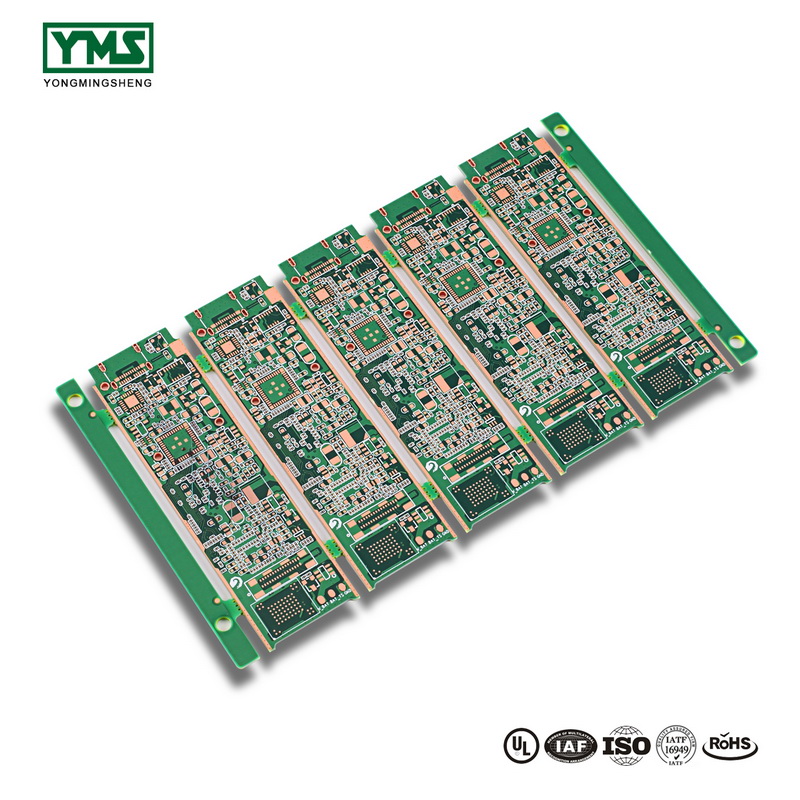Printed circuit boards are now the most important entity in electronics. PCBS used in the past were very simple and limited to a single layer. Today's PCBS are complex and are called multilayer PCBS.
Those with limited functionality are single-layer PCBS, while those with multiple functions are composed of multiple layers. Delicate PCB used for motherboard and so on. Multilayer PCB has become the core component of complex electronic circuit.
What is a multilayer PCB?
A multilayer PCB may be defined as a PCB made of two or more layers of foil conductive layers.
Conductive foil appears to be the various layers of a polyhedral circuit board. Different layers are pressed together and glued together, but with insulation between layers for thermal protection. Place the layer in such a way that both sides of the PCB are on the surface. Through-hole is the source of electrical connections between different layers of a multilayer PCB.
Due to the expansion of the electronics industry, people feel the need for 4layer PCBS and higher-layer PCBS. Over time, PCB issues such as noise, crosstalk, and stray capacitance have been resolved, and these days PCBS don't have all of these problems.
The best part is that PCBS now have complex designs and wonderful wiring, which makes them attractive in electronic devices.
Key advantages of multilayer PCB.
Small size: small size makes these PCBS very important because the size of the technology is getting smaller with electrical and electronic devices. The layered design of PCBS provides smaller sizes for electronics and electronic devices such as computers, smartphones, tablets, wearable devices and laptops.
Quality: a key feature of this type of PCB is its quality, as planning is in its creation. These printed circuit board results are excellent and have no problems throughout their life.
Durability: layer PCBS are durable because they can withstand not only enormous weight, but also high temperatures. There is always insulation between the different layers of these PCBS to provide protection against damage.
Flexible design: these PCBS are now also flexible in design, but all multilayer PCBS are not flexible. If slight bending is required, a flexible 4-layer PCB or higher may be useful. However, none of these PCBS are flexible.
Power supply: these PCBS have a high density of these components and are composed of different layers of a single PCB. These adjacent areas allow the boards to be connected separately, and the electrical properties of these PCBS give them more power.
Post time: Oct-15-2019

